|
Experiential learning resources for the innovative educator
It is super easy to slip into a classroom or school culture of low-quality work, especially with PBL projects. But it doesn't have to be that way. How do you build a classroom culture that encourages and boosts PBL project quality improvement? Keep reading to find out!
Several years ago a student in my psychology seminar came to me with an idea for her psychology project.
She had made an interesting observation about her family. Those observations lead to a question; she wondered why she and her siblings were so different from one another. She settled on designing her self-led PBL project around Birth Order Theory, developed by Alfred Adler. Her original PBL project idea was to research Birth Order Theory and conduct her own study. She put together a survey, passed it out, collected it, slapped her results on a poster board, and called it a day. We went through her board together. I asked her questions about the topic, most of which she couldn't answer. Her survey was only distributed to her classmates, which made her sample size less than 20 students. She didn’t have graphs, charts, or a conclusion. I asked her if she thought this was her best work. She didn't reply and stormed off fuming.
The following day she came into school ready to try again. We discussed what might be missing and how she could improve her experiment and her final product. She decided that her experiment needed more layers and that she needed to expand her reach.
She modified her experiment a touch and reached out to several other high schools in the area to see if their psychology classes would also participate in the experiment. Her experiment looked like this: she separated her classmates into groups - firstborns, middle children, youngest, and only children - and asked the psych teachers from the other schools to do the same. She had each birth order group draw a picture of their ideal vacation. Her results were not only super compelling but more accurate because she significantly increased her sample size. When vacation drawings were compared, themes within and between groups emerged. The student was able to pick out elements from each drawing and compare them to features of Alfred Adler's Birth Order Theory. She saw this theory at play in real life. She used critical thinking, communication, and collaboration skills to expand her reach. She improved hard skills such as experimental design, graphing, and technical writing. This was a beautiful student-led PBL experience and the outcomes were intriguing. If I hadn't insisted that she take another look and revise her work to create something she could be proud of, the learning experience wouldn't have had nearly the same impact. On top of that, settling for low-quality work promotes a culture of low-quality work. It was hard for me to raise my expectations for this particular student because I knew she was sensitive and at this time wouldn't take constructive feedback well. It would have been much easier for me to just let her be done with her PBL and move on to something else. But if I had done that, every PBL thereafter would have been just as poorly put together. Being comfortable with low-quality work is a hard habit to break for both you and your students. Try to stay away from that. There is no quick fix, nor one simple trick that will result in quality projects across the board. It takes time and a combination of several elements, including setting high expectations and following through with those expectations, among others. Let's take a look at those "others". ***The project that my student did on birth order theory was part of my psychology class. Each student conducts their own psychology experiment as their final project for the seminar. Check out that resource here. 8 Ways to Boost PBL Project Quality Improvement
1. Cultivate a classroom/homeschool culture of high expectations:
Let students know your expectations from the start, model them, and follow through with them. If you allow students to turn in low-quality work, that's what many of them will do.
If you give students a pass because you feel they can't do any better, then they will think the same of themselves; that they can't do any better. Build a culture that frames quality work as the norm. Praise effort and work ethic. Give consistent feedback. Build time into your PBL schedule for students to go back and improve their work. Be cognizant of your actions. Ask yourself whether your own behavior is promoting quality projects or stifling them. If you cultivate a classroom/homeschool culture of high standards, you not only promote high-quality work but instill an eagerness in students; a hunger to create beautiful work.
2. Develop (and stick with) systems that works:
There are no specific systems that will work for everyone. Find systems that work for you and your learners and stick with them.
The systems I recommend include peer feedback sessions, personal organization systems, and systems or routines that make revisions commonplace. One routine I've put in place is the use of PBL portfolios. Students showcase every project-based learning experience in a digital portfolio. They add images, videos, written reflections, and more. They add evidence of learning. They are eager to add incredible work to these portfolios. My students use a digital PBL portfolio template, and so can yours! Grab my template for free, make a copy for each student (instructions included), and share it with them! This portfolio is one of several PBL tools that comes in my free mini-tool kit.
3. Supply consistent feedback:
Providing regular feedback to students throughout the student-led project-based learning process is critical if you expect tremendous final results. Offer many opportunities for feedback from yourself, their peers, community experts, and more. Make feedback feel normal and expected.
Culture-building is important to incorporate from the beginning. Building a culture where students feel safe receiving and giving feedback is vital.
4. Nurture a self-directed learning environment:
Student-directed learning is when students are given the freedom to lead their learning experiences. They have choice and voice in the process and outcome.
My students are self-directed project-based learners. They choose their project topics, community experts, how they will gather information, what final product they will make to demonstrate learning, who they will share their work with, and how they will reach that audience. When students have choices and take ownership of learning, they care about the topic and process. They develop an intrinsic motivation to do their best because they believe in the topic they've chosen, the PBL plan they've developed, and themselves to get it done and make an impact. The tip, then? To let students design, manage, and lead their own PBLs!
5. Facilitate learning activities that emphasize trial and error:
I've recently developed an appreciation for projects that utilize design thinking (empathizing, defining, ideating, prototyping, and testing.) Students brainstorm, generate rough ideas, and test those ideas.
The original vision does not typically culminate as expected, at which point learners reflect, problem-solve, and try a different approach. Through the process of design thinking, students reflect, problem-solve, adjust, try again, and so on. Design thinking promotes feedback and revisions. Producing high-quality outcomes is the essence of design thinking. I highly recommend incorporating design thinking into the final product element of every PBL experience.
6. Encourage innovative final products:
One way to inspire quality work is to have students create innovative final products. This is one of the key elements of project-based learning; to demonstrate learning in an innovative way.
Poster boards are boring to make and boring to look at, regardless of how cool the project topic is. Get learners thinking beyond poster boards and Powerpoint presentations. Encourage students to learn a new software or online design program. Ask them to create a final product that considers their unique skills and interests. A student with a love for painting, for example, might demonstrate learning by painting a mural. A writer might rather demonstrate learning by writing a short story about the concept at hand. When content and/or learning activities are relatable and interesting to students, learners are more likely to put in the effort to create something that they are eager to share.
7. Organize opportunities for authentic presentations:
Authentic learning experiences in general will light a fire under learners. But authentic presentations, where students share their final product with a relevant and public audience compel learners to give it their best.
In project-based learning, an authentic presentation or the final product itself should benefit the audience. Their audience is relying on them to share accurate, helpful information. The idea is to urge learners to do their best for their audience and to feel great about their results.
8. Prioritize self-reflection:
Self-reflection is an essential piece of every learning activity that I do with my students. Reflecting on progress and their final products IS a form of feedback, but because the feedback doesn't come from you or their peers, students critically think and learn to identify their own strengths and weaknesses. It gives learners perspective.
Completing a self-evaluation halfway through a PBL project, for example, helps learners take a step back, analyze their progress, make adjustments, and move forward in a way that they believe improves outcomes. Organize regular opportunities for self-reflection. Each of these methods of reflection should be student-led, otherwise, it's not self-reflection at all.
ALL of your students producing professional quality final products ALL of the time is unrealistic. Even getting some of your learners to produce quality products some of the time can feel like an arduous journey but is one worth taking.
It is a skill to want to improve; to STRIVE to improve. Anyone can develop this skill with proper direction and support. Be that direction for your learners. Be that support!
Helpful Resources Designed to Boost PBL Project Quality
Check Out These Related Blog Posts
Join our experiential learning Facebook group!
Did you know there is an experiential learning Facebook group? Check that out - Experiential Learning Community for K12 Teachers - and join in the discussion about experiential learning ideas! Find us on social media! Follow Experiential Learning Depot on Pinterest, Facebook, Youtube, and Instagram for more on experiential education, and check out my shop for experiential learning resources. Observe. Question. Explore. Share.
0 Comments
Your comment will be posted after it is approved.
Leave a Reply. |
Blog IntentTo provide innovative educational resources for educators, parents, and students, that go beyond lecture and worksheets. AuthorSara Segar, experiential life-science educator and advisor, curriculum writer, and mother of two. Categories
All
|
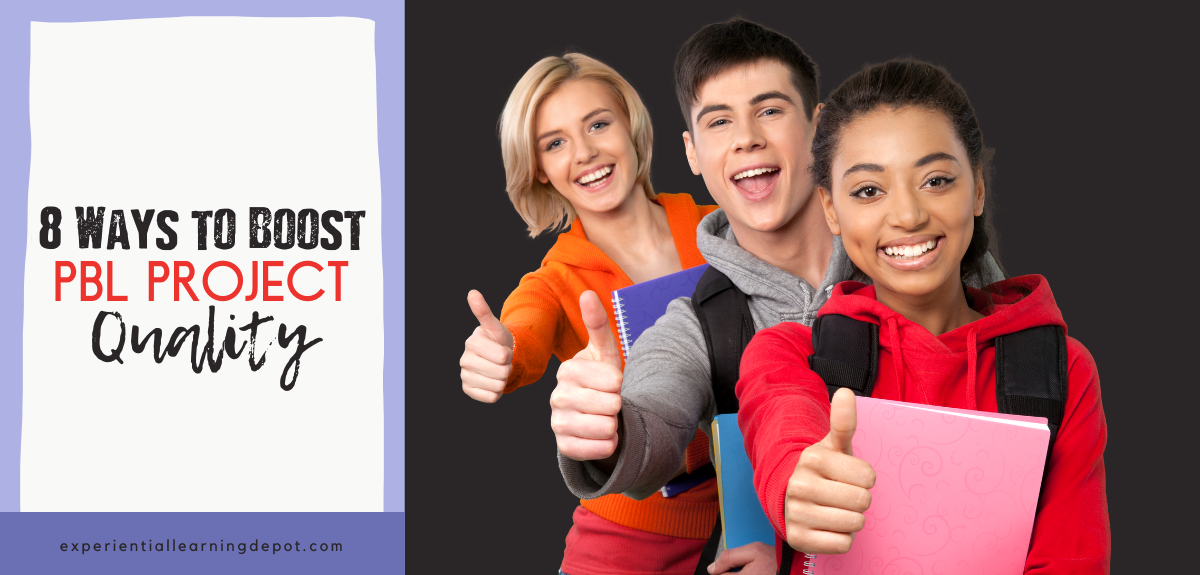
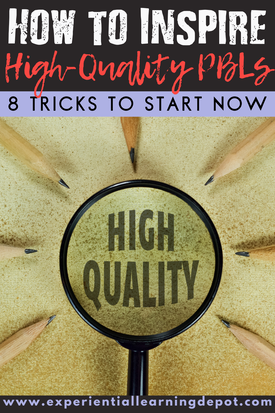
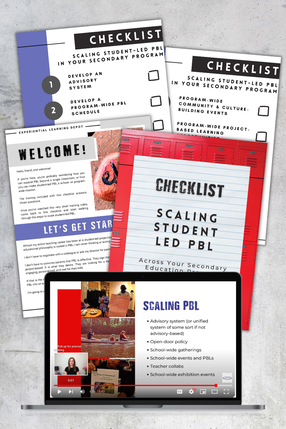
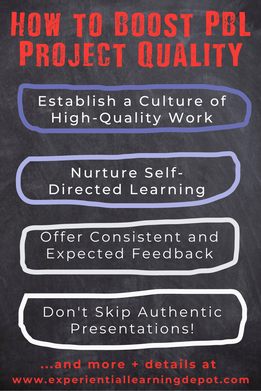
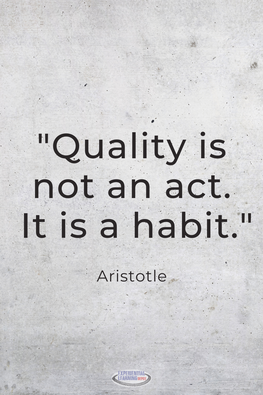
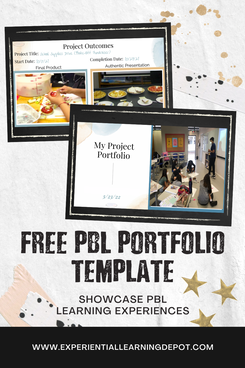
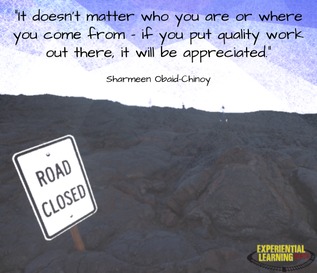
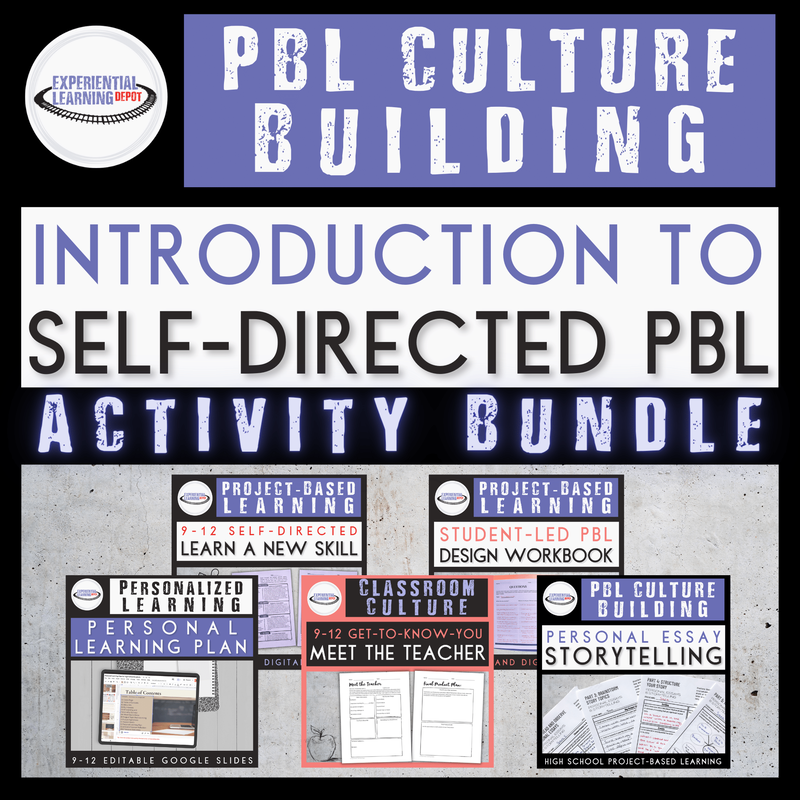
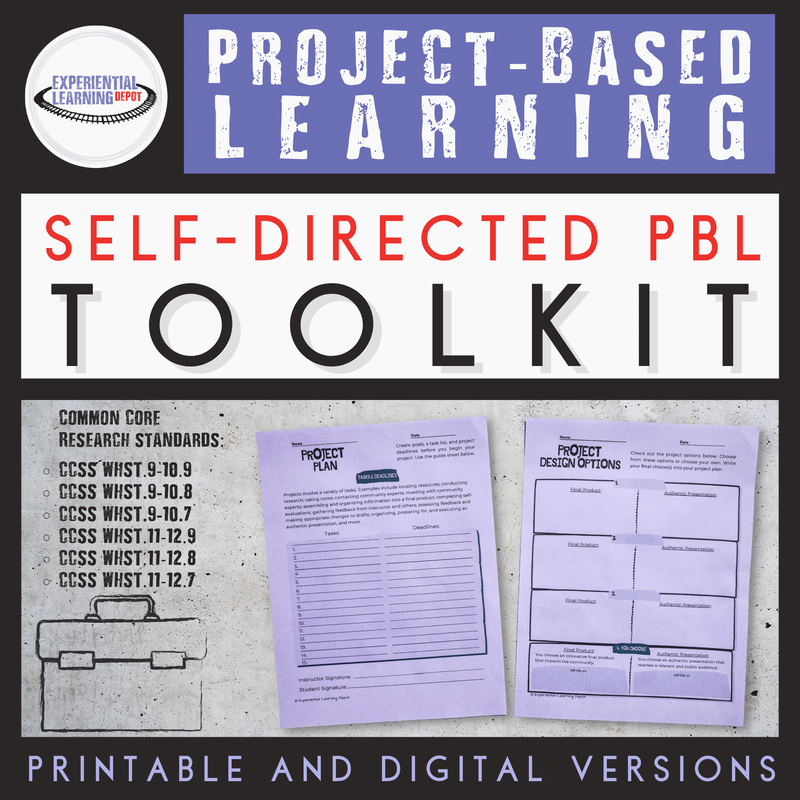
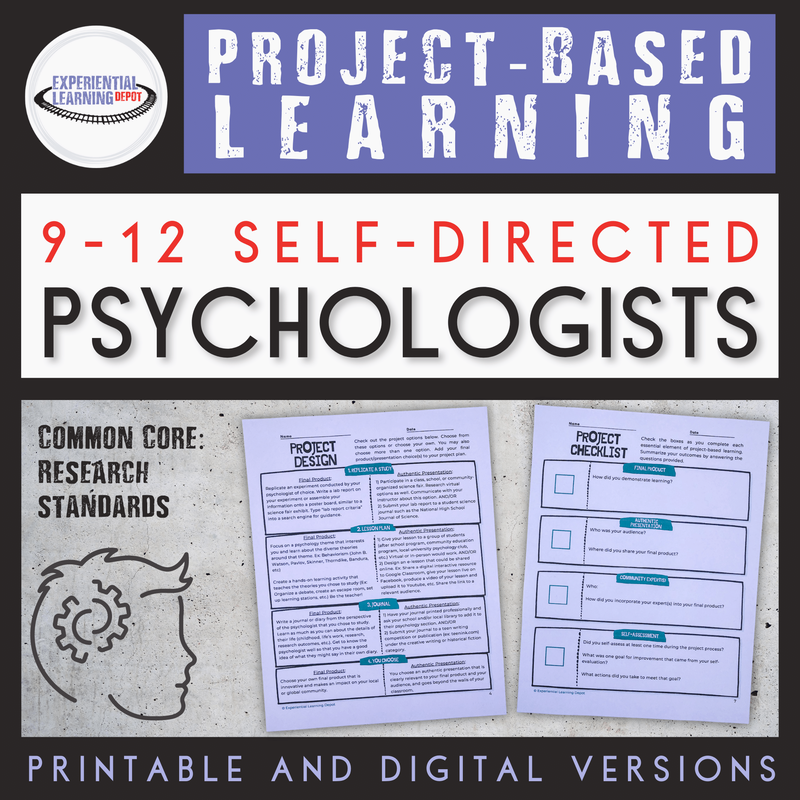
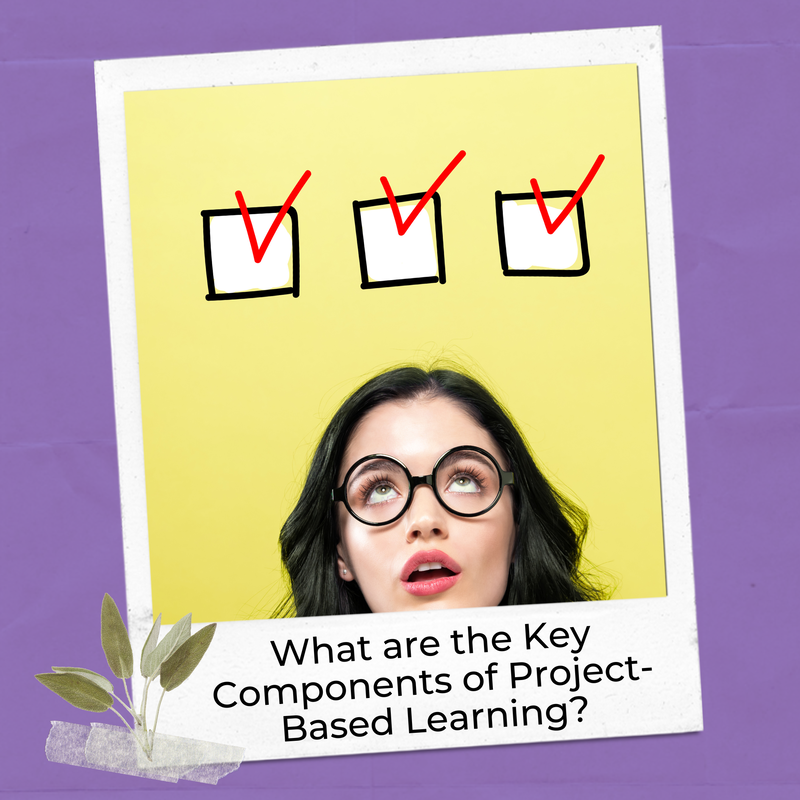
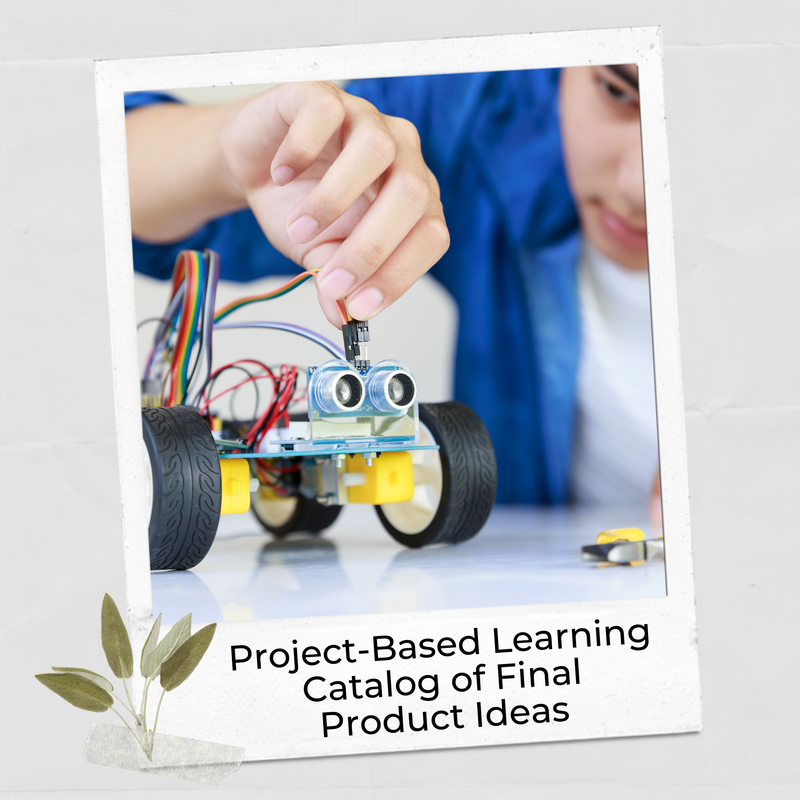
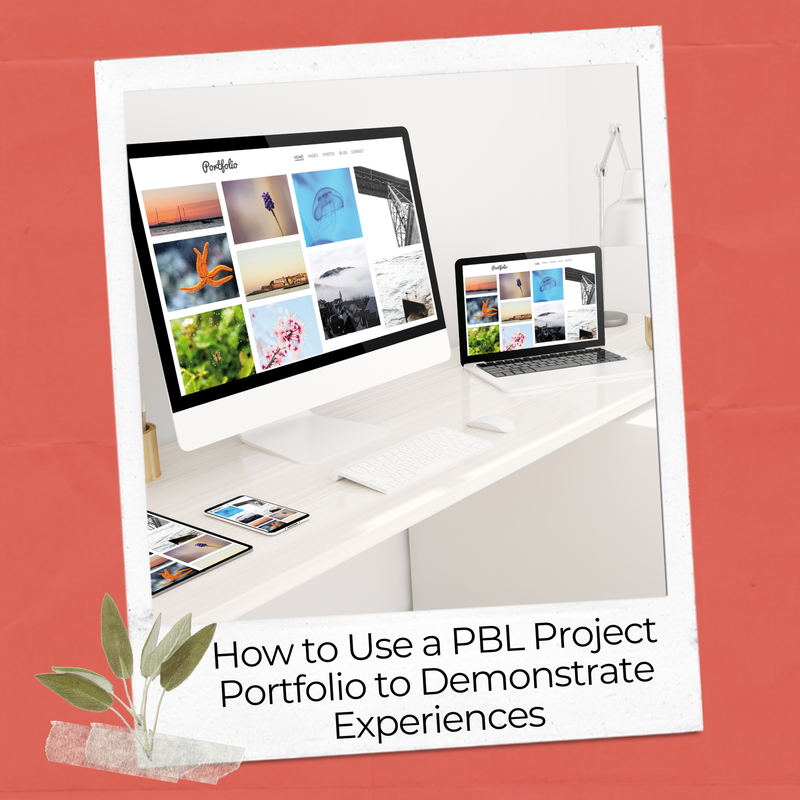


 RSS Feed
RSS Feed